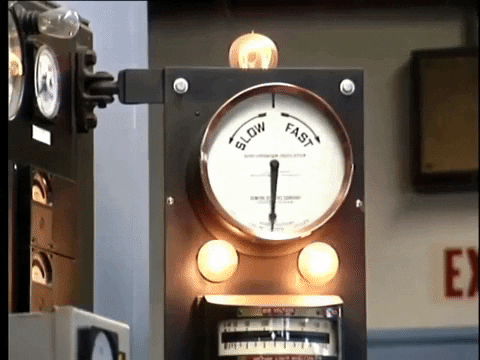Using Firefox mainly, have tried incognito, Chrome, Safari on iOS, disabling pihole, safari on iOS on a different network (cellular vs home), and forced refresh…
lol, can’t even see my images in preview.
Using Firefox mainly, have tried incognito, Chrome, Safari on iOS, disabling pihole, safari on iOS on a different network (cellular vs home), and forced refresh…
lol, can’t even see my images in preview.
Working now ![]()
Thanks to all
what was it
Attachments were broken

I’m currently the high bidder on a 40 foot bus. I keep screwing around and I’m gonna end up actually buying one.
They showed up well after I did anything so my best guess is pure friggin magic or a backend change
Working on the magnet sensitivity tests. I made everything cleaner with neat little graphs.
Using a DB makes everything a lot easier.
This is the process for an Amplitude detection test , the most basic “how sensitive” question.
I switched to using a dumb binary search to find your amplitude threshold to a predefined precision for each tested frequency.
It’s faster than testing a range of amplitudes like I used to.
Also the “algorithm” will now pick your next test for you, slowly filling your analytics as you go ![]()
Should I be using clearer names and notations?
Do things like amplitude detection and frequency discrimination make sense to everyone?
Also the graph currently shows the lowest detectable amplitude per frequency, so low values for more sensitive. So despite it being more transparent this way maybe I should invert it so that big values mean more sensitive…
The graph is a great idea.
Just looking at your process, the graph and then hearing the tones, very much reminded me of a hearing test during a medical.
What if you had a ‘test’ mode, whereby it runs a random blind test at different amplitudes (no audio) and different cadence, and the user taps the screen when they feel the vibration, [if “YES” within 1sec = true]
On completion then graph and record.
Doing it this way means the user has zero reference therefore more accurate results.
It could be done Ascending, Descending or Random
Just a thought
![]()
Oh the audio is only there because I’m recording on pc. It’s not there when you use a pico
So yeah the tests are 100% blind.
You could intentionally cheat by knowing its a binary search but why would you do that
This is what I was doing before but it takes a LOT more questions to narrow it down than the binary search. And I’m trying to reduce as much as possible the number of questions because there are a LOT of them if you want to fully characterize your magnet .
Say you want to test for every 10Hz step on a range of 10 to 300. Gor 3 different signals. And each test take ~10 questions to narrow down on your score
That’s 30 * 3 * 10 questions you’d have to ask
And that’s just for amplitude detection. Other tests are incoming.
Right now I’m down to ~150 sets of ~6 questions to get a reasonably accurate curve for all 3 signals
On a 10-300hz range
Assuming a question takes you 2 sec, a set takes 12 sec. So you can do 15 of them in a day and be done in 10 days with this test ![]()
You are all over it. ![]()
I’ll go back and sit in the corner ![]()
In it rather

Nah please stay, I see tests when I close my eyes, I’m scared
I may or may not be turning into glados
Someone else is algo getting ready to get uploaded…
But consider a handsome body like the following example instead of becoming a weird thinking chandelier:
That’s sick…
Love the battle bus

I know you are wondering, so here is the answer
One sperm contains about 3.3 billion base pairs, stored in DNA. Each base pair is two bits of data, for a total of 787MB of data per sperm. With somewhere around 280 million sperm per ejaculation, that means a single load contains about 220,000 terabytes of data
haha yeah but it’s mostly duplicate data… run de-dupe on that and you’ll end up with something like ~5GB total unique data hah ![]()
Today I Learned : Socks have infinite storage
Me, trying to slow down my brain while attempting to communicate with the idiots who were supposed to deliver a bunch of networking stuff but only delivered a patch panel and called it a PDU:

Ever try telling them, “I don’t stutter, I’m just having trouble finding small enough words for you.”?
Really sets the mood.
“I don’t have the time or crayons to explain it to you”